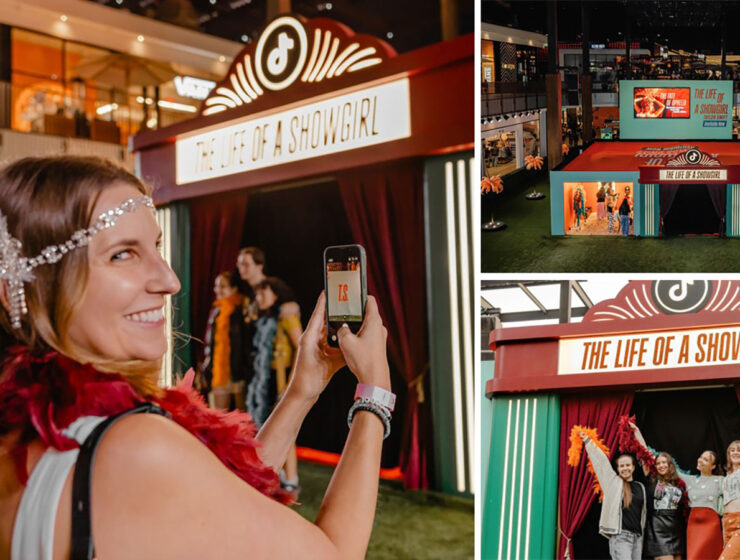As AI accelerates and marketing budgets tighten, creativity is thriving in chaos, but only when guided by clarity. The boldest ideas are coming from brands that turn evidence into conviction and use data to bring creative freedom.

Presented by


As AI accelerates and marketing budgets tighten, creativity is thriving in chaos, but only when guided by clarity. The boldest ideas are coming from brands that turn evidence into conviction and use data to bring creative freedom.
Marketers cannot overlook top- and mid-funnel tactics if they want to make a real impact in peak shopping season.
Going viral is a sugar rush. Belonging builds enduring brand equity—the kind that keeps you relevant long after the spotlight fades.

For years, the narrative has been that malls are relics of the past, casualties of e-commerce and shifting consumer habits. But Gen Z is rewriting that story.
In a world optimised for clicks, the real opportunity lies in connection. And connection, when it’s done well, is still the most human story we can tell.
With a clear strategy, streamlined process, and creative bravery, brands can be both trend-savvy and authentic.
In a noisy, metrics-driven world, brands that master storytelling will do more than convert – they’ll connect. And connection is what drives sales, repeat purchase, and long-term growth.
Brand marketers should explore how real-world influence networks and word-of-mouth hotspots enable more effective omnichannel strategies. Understanding group behaviour is the skeleton key to unlocking full-funnel growth.
We spoke with Michael Pavone, the CEO and Founder of Philadelphia-based food and beverage marketing agency quench, about what he’s seeing in 2025 so far and what that might portend for 2026.
Music tourism isn’t just a cultural trend – it’s an economic force. It’s reshaping travel and changing the ways consumers are choosing to spend their money.
When the brand promise and employee experience don’t align, you lose talent, creativity and growth. That’s why the CPO + CMO Power Partnership matters, says Carol-Ann White, Group Chief People Officer at Landor.
The Q3 2025 IPA Bellwether Report arrives at a delicate time, as the market slowly regains its footing after a period of hesitance.
In this interview, Ivan Doruda, CEO of MGID, explains why the industry’s protective systems have backfired, how this has weakened the media ecosystem, and what advertisers can do to reverse the trend.
As commerce and retail initiatives take centre stage, PrOOH is uniquely placed to drive measurable outcomes – whether that’s influencing purchase intent, reinforcing key messages close to point of sale, or boosting ROI when paired with other channels.
Reach may open the door, but resonance is what closes the deal. In today’s creator economy, performance is the premium, and it’s time our contracts caught up.